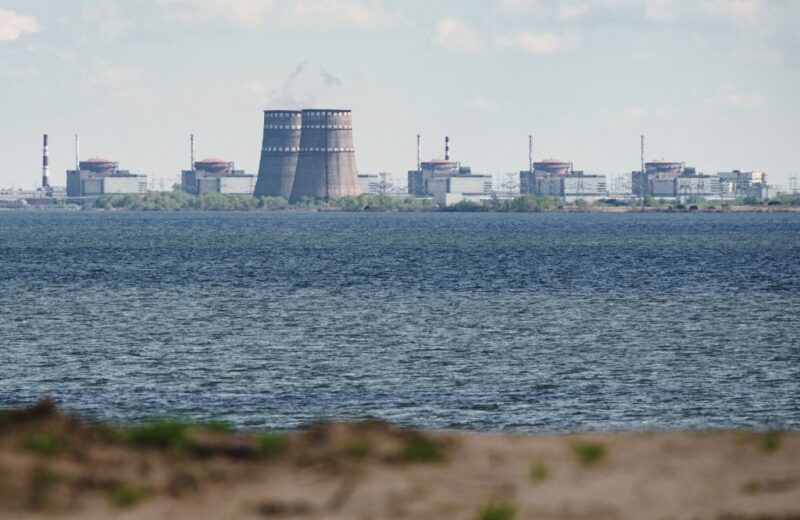Standoff at strategic Ukraine river (Dnipro) eyed by Russian troops
On the municipal beach at Nikopol in southern Ukraine, barbed wire, sand bags and other defences have replaced children playing on the sand.
Bang opposite, the Russians control the other bank of the Dnipro, the river that divides Ukraine between east and west.

A general view shows the Zaporizhzhia nuclear power plant, situated in the Russian-controlled area of Enerhodar,
seen from Nikopol in April 27, 2022. (Photo by Ed JONES / AFP)Photo by AFP